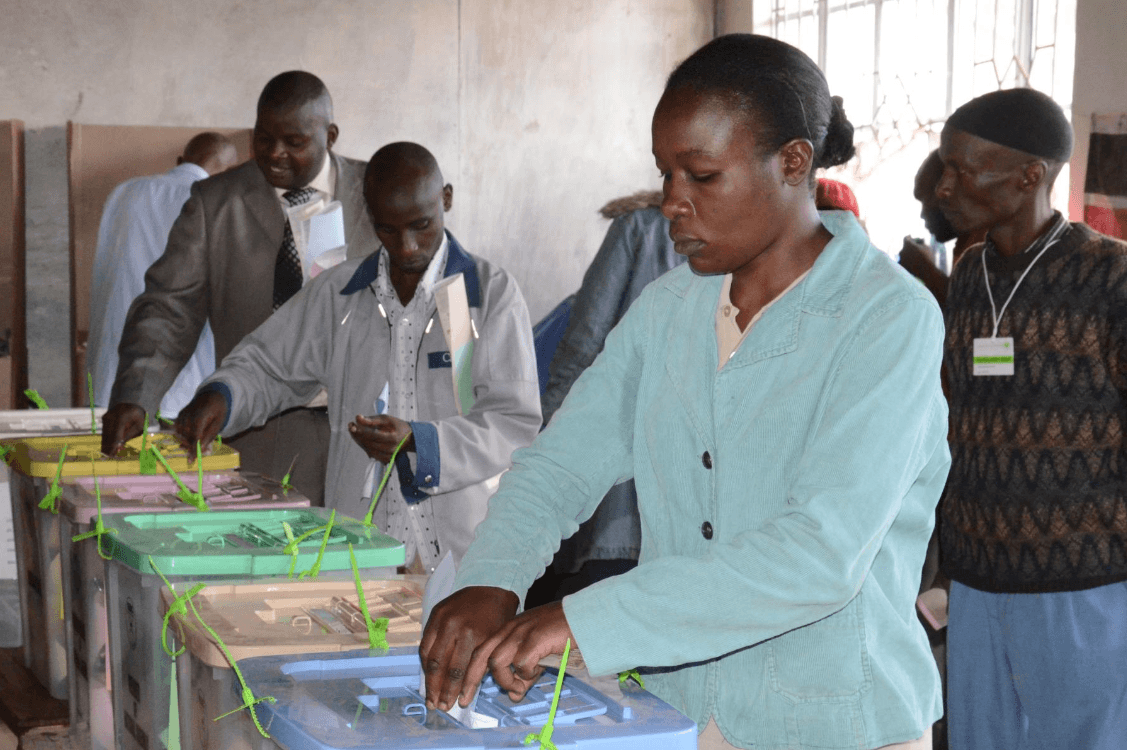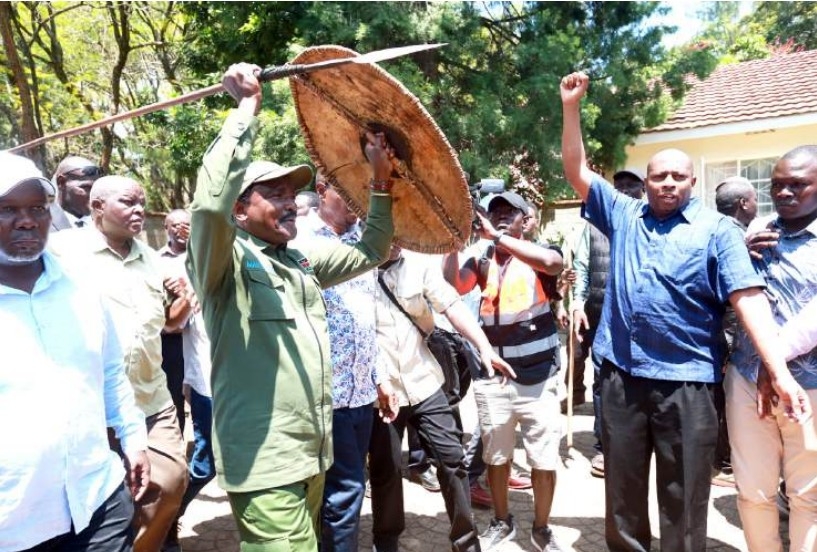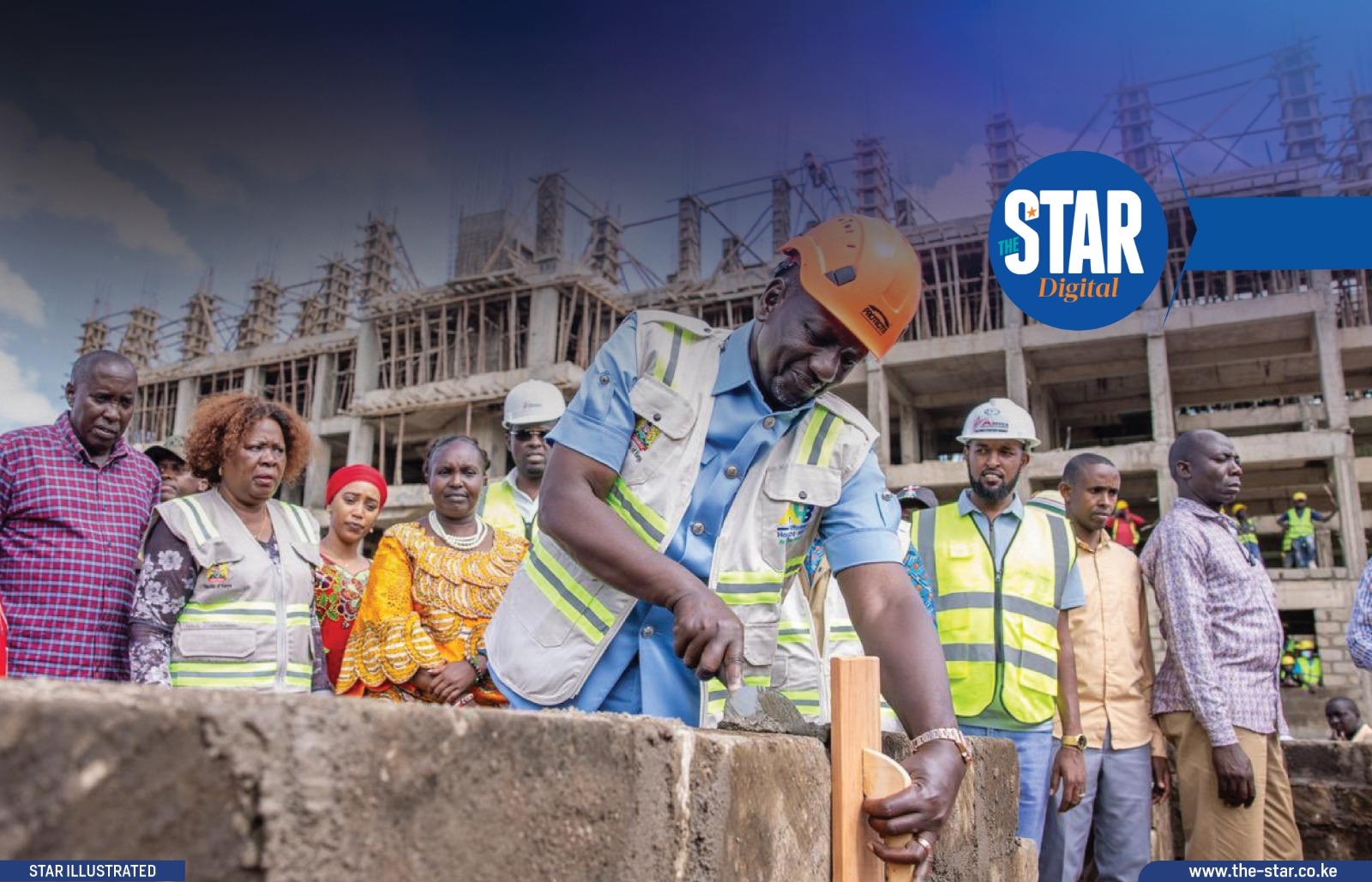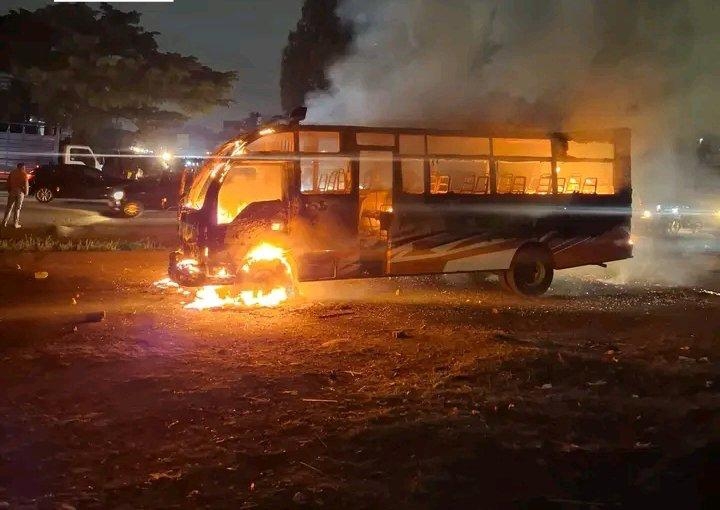Safaricom is blaming Kenya Power and increased strain on its network for the increase in the number of dropped calls.
In a response to the Communications Authority (CA) over concerns raised by the Senate ICT Committee on the quality of it's service, Safaricom said that its network is greatly impacted due to the quality of grid power provided by the power firm.
A 2023 report by CA shows that in 11 out of 47 counties, the parameter on the quality of network saw Airtel score 58.33 per cent, Safaricom 66.67 per cent and Telkom Kenya 50 per cent.
But in its defence, Safaricom said that the frequent and prolonged power outages coupled with voltage fluctuations have led to disruption in the communication especially in the rural areas where majority of the sites that lack access to the national grid are located.
This in turn led to a spike in the number of dropped calls.
Nyandarua Senator John Methu had put CA officials to task on the actions the regulator had taken to address the reported increase in dropped calls in the Safaricom network.
“The Authority raised the concerns on degradation of quality of voice services, arising from increase in complaints as well as the Authority's assessment, and required Safaricom and other Mobile Network operators to address the degradation in the quality of service provided,” CA said in its submissions to the committee.
The senators also sought to know whether the regulator monitors the mobile network quality through the established framework for assessment of the Quality of Service (QoS) of Telecommunications Systems and Services.
The framework was put in place after consultation between CA and the industry, detailing the end-to-end quality of service parameters wherein the call drops are concerned.
“The preliminary results of the measurements as at the end of the 2nd Quarter of the FY 2023/24 based on the drive tests measurements conducted in 11 out of 47 Counties indicate that Airtel Networks Kenya Limited, Safaricom and Telkom Kenya Limited scored 58.33 percent, 66.67 percent and 50 percent, respectively,” said CA
The increased adoption of smartphones, coupled with the growing popularity of data-intensive applications like streaming services and social media, has also been blamed for placing immense pressure on telecommunication service provider network infrastructure.
In Nairobi, Safaricom says the skyline is rapidly transforming with a surge in high-rise buildings noting that the growth is accompanied by challenges to network coverage in the area.
“The proliferation of high-rise structures is causing signal attenuation, as the buildings block signals, and the increased concentration of users is straining the existing network capacity,” it said.
In response to these network issues, many building owners are installing illegal static repeaters to enhance signal quality for their tenants.
While these devices amplify mobile network signals to improve reception in areas with weak coverage, they inadvertently interfere with the mobile network.
This interference has resulted in increased dropped calls, distorted voice quality, and disrupted data transmission for users in the vicinity.
“The unauthorised installation of these non-type approved repeaters is significantly impacting mobile network services, highlighting the need for regulated solutions to address the coverage challenges posed by Nairobi's urban development,” CA said in submissions to the Senate ICT committee.
Going forward the telcos will now be required to construct new sites and upgrade network infrastructure to newer technologies to improve coverage, capacity, faster data speeds, and improved network efficiency.

















